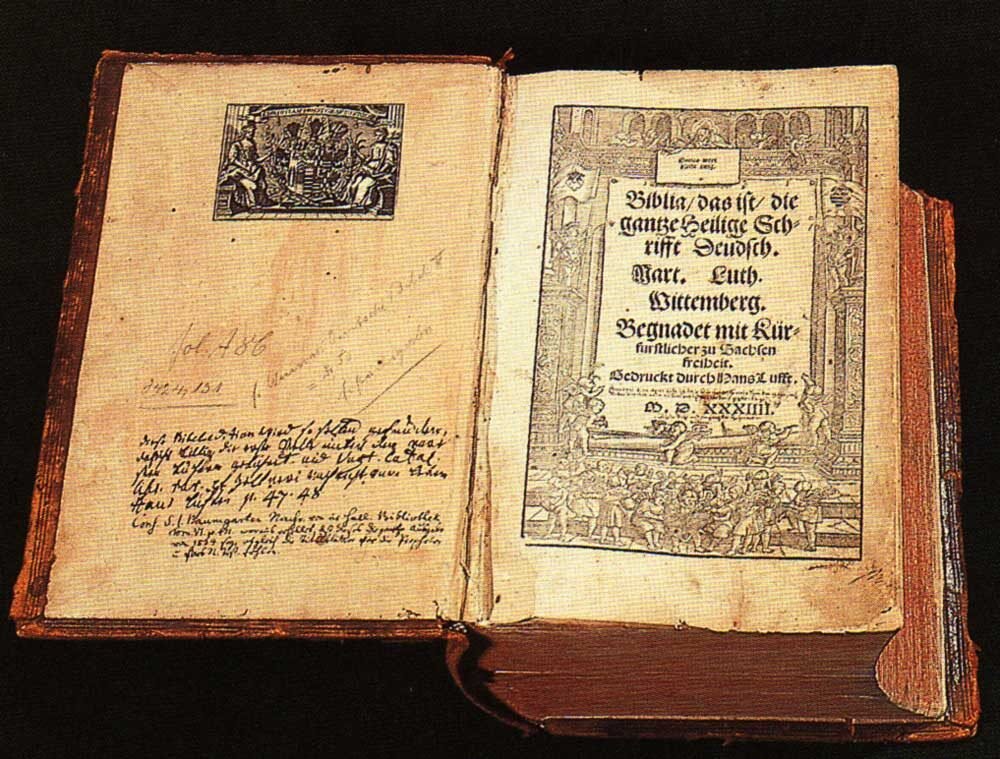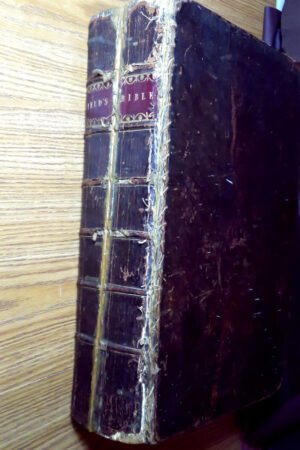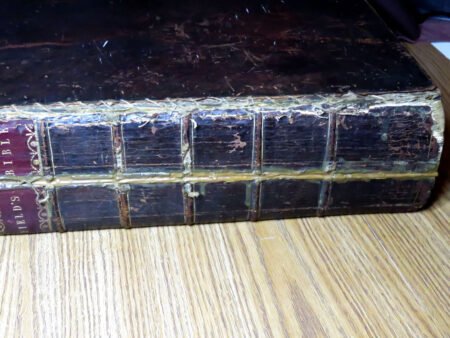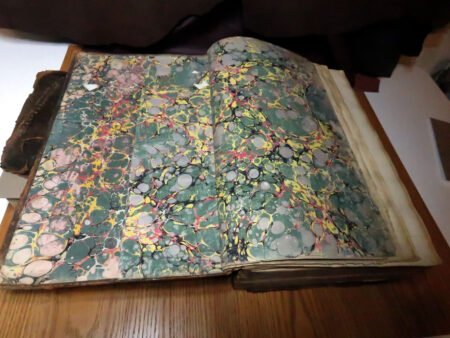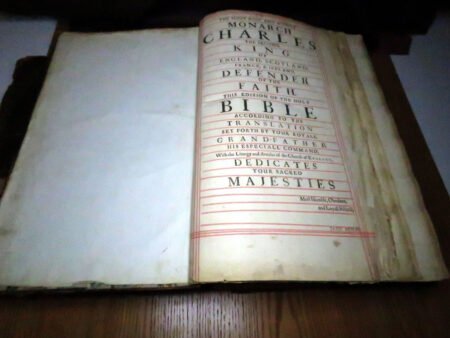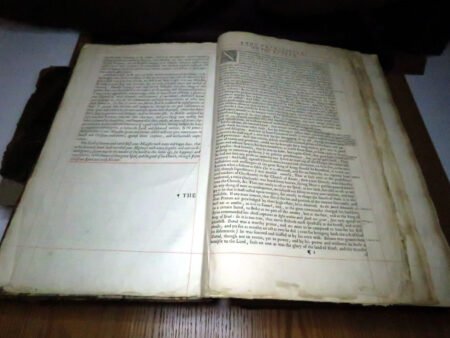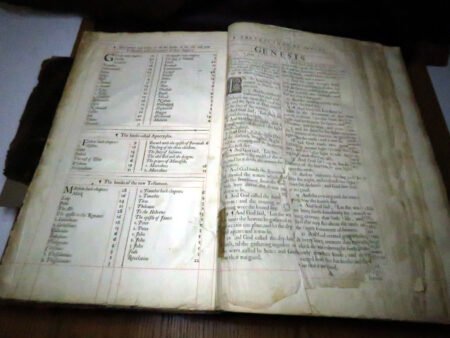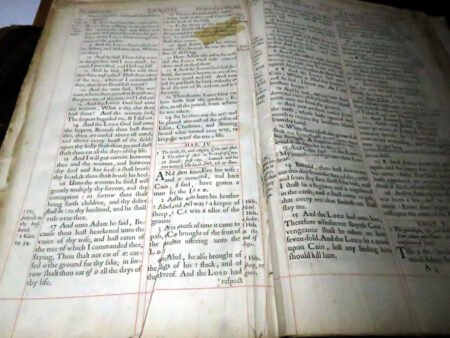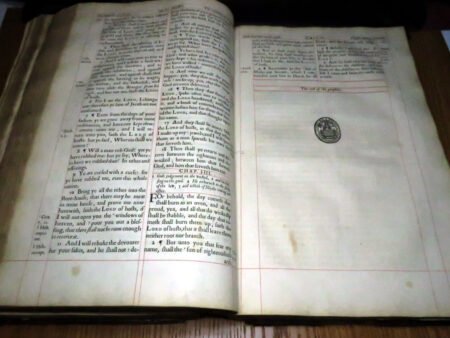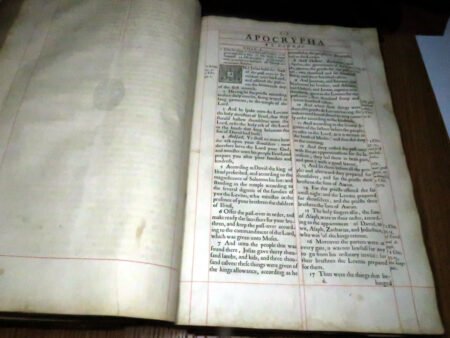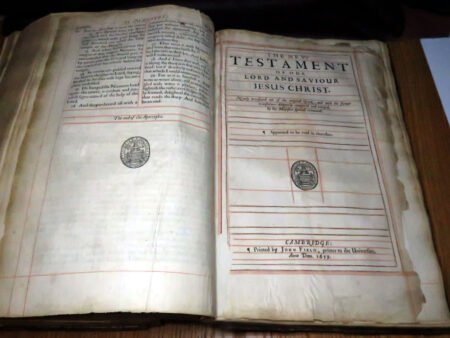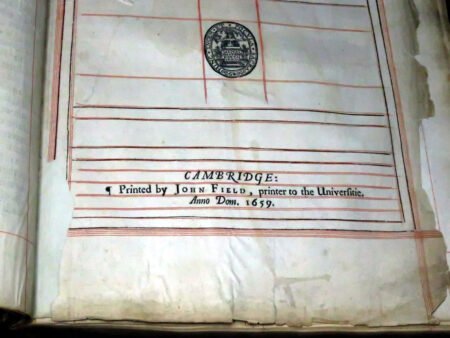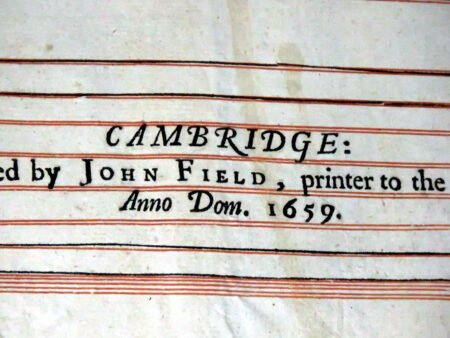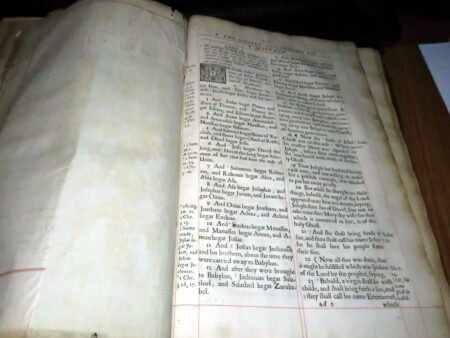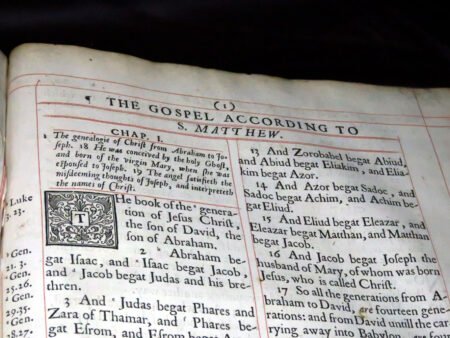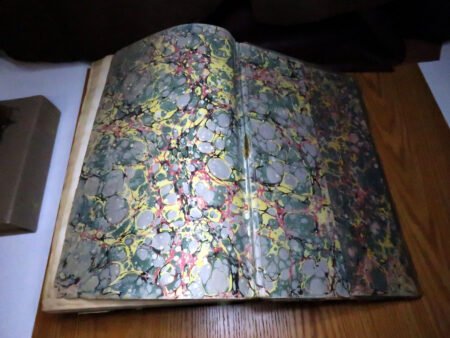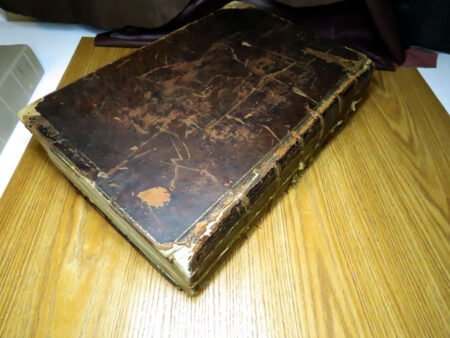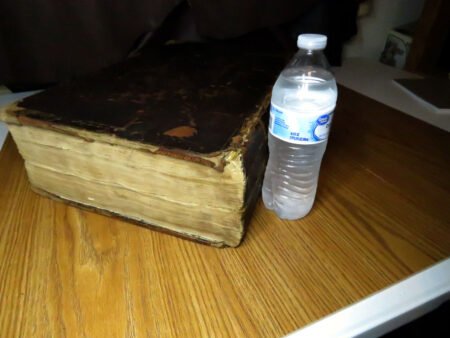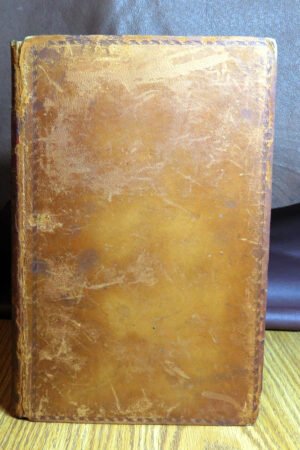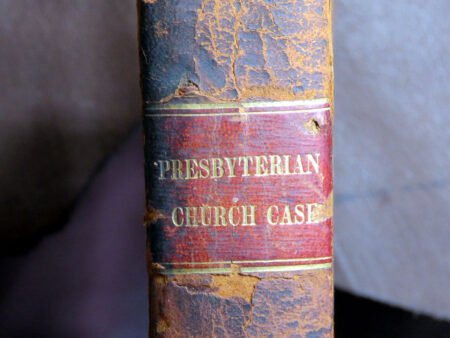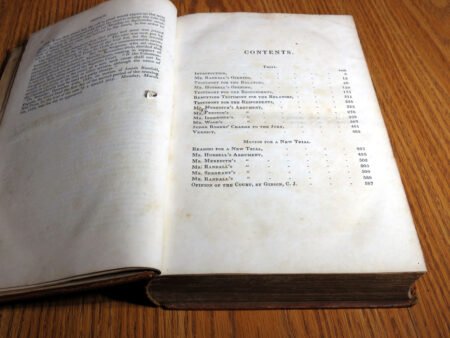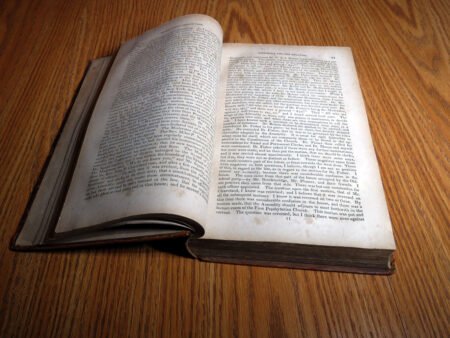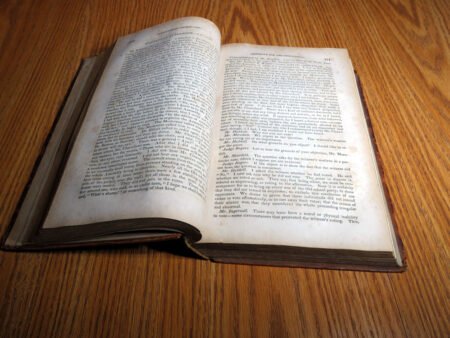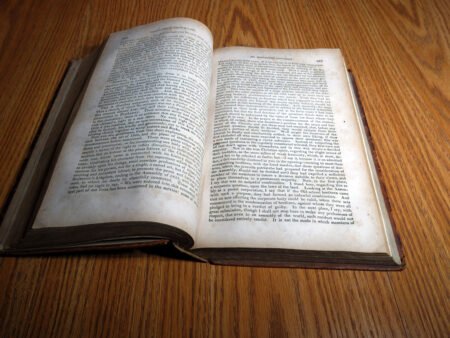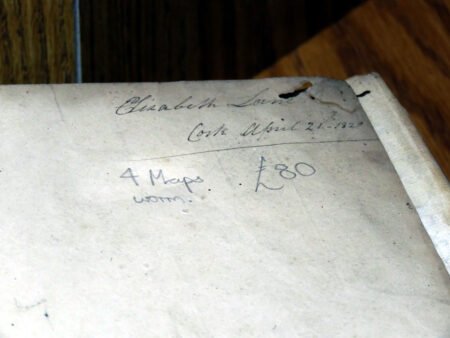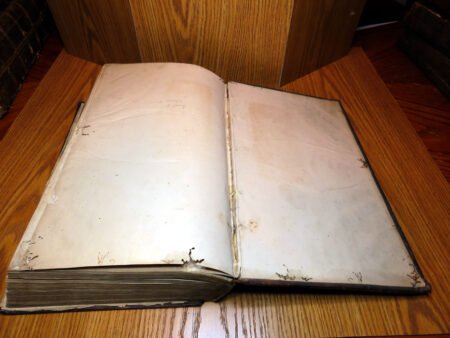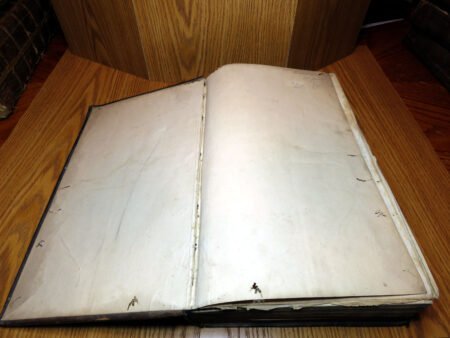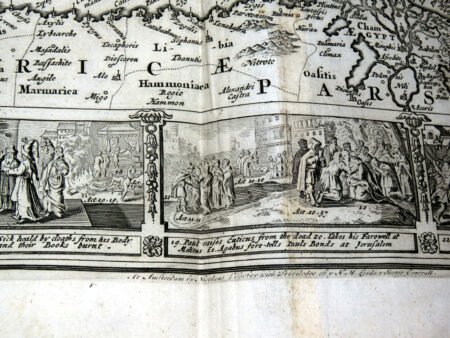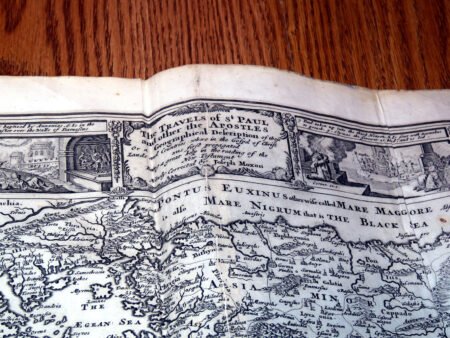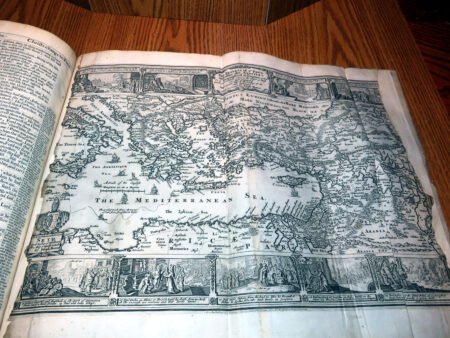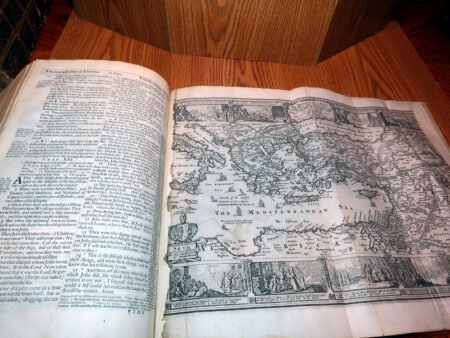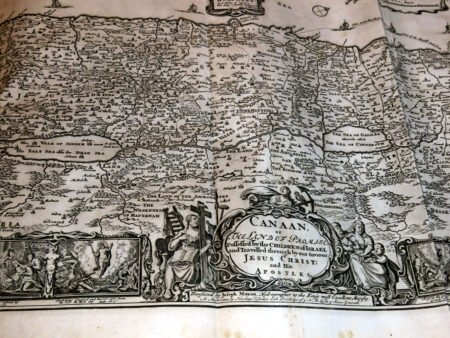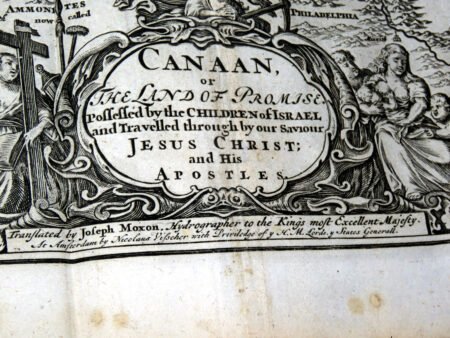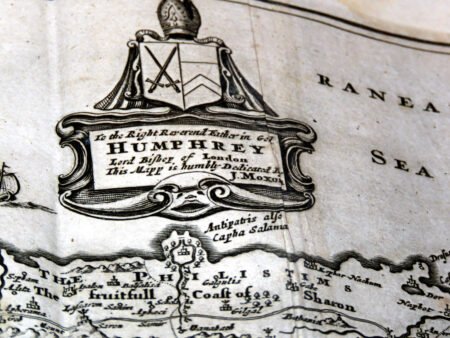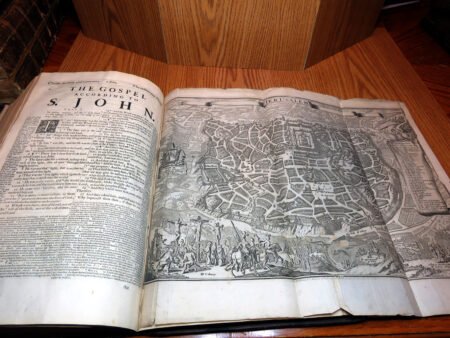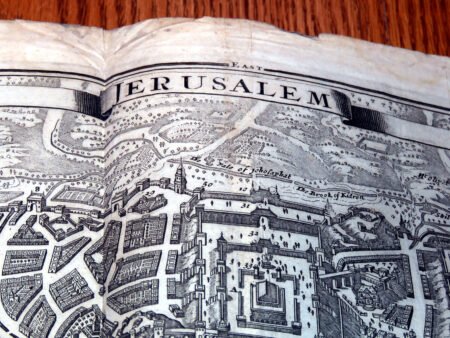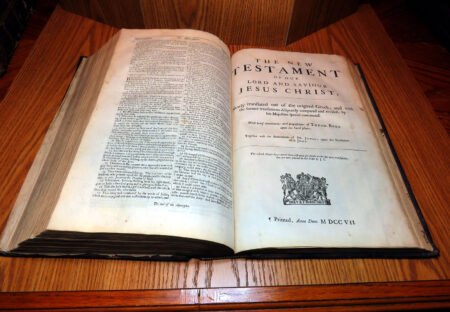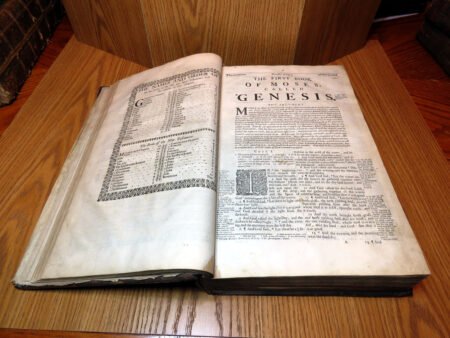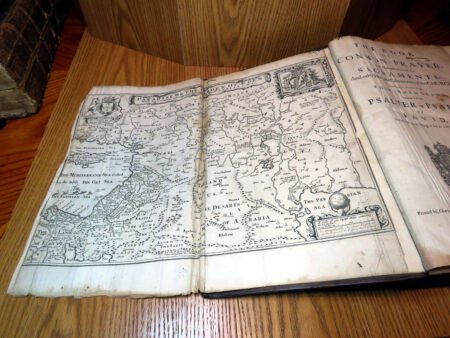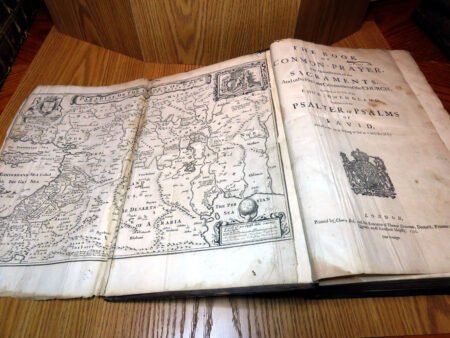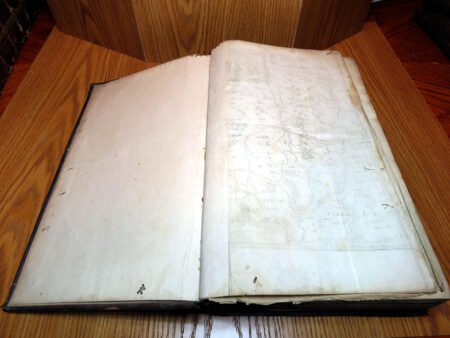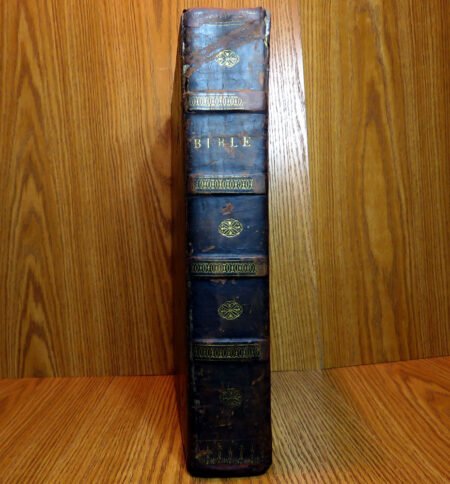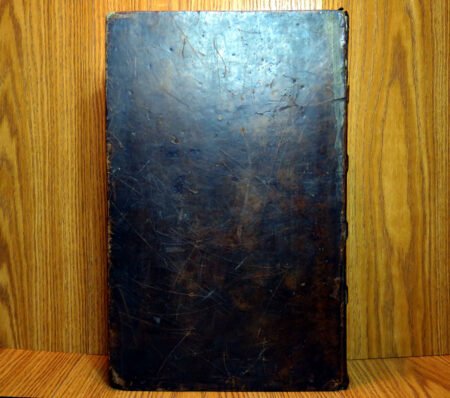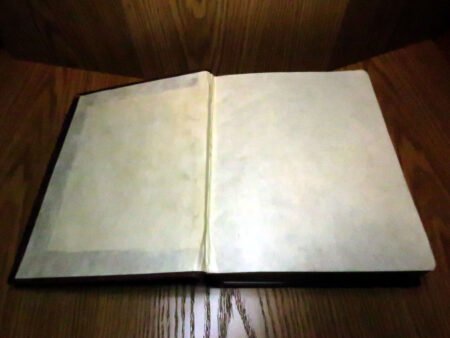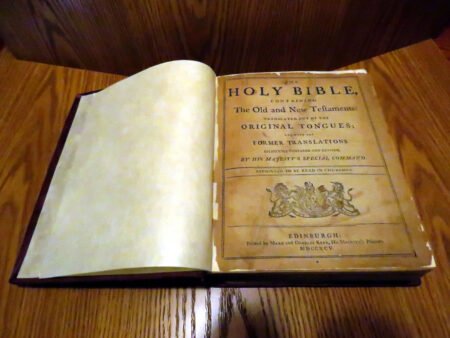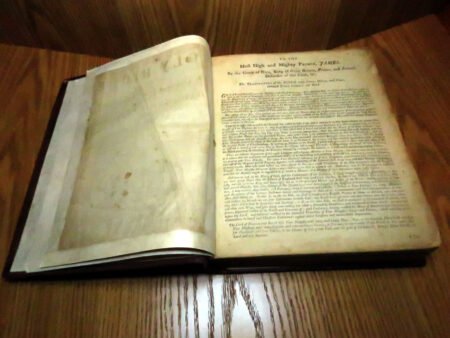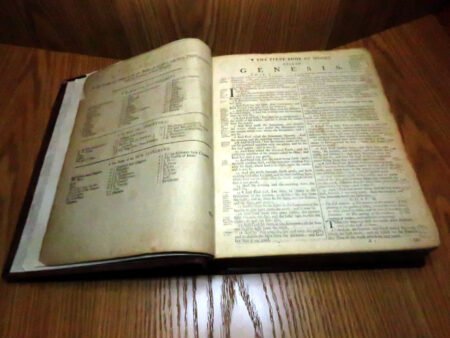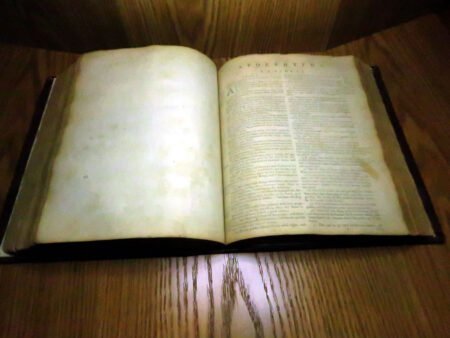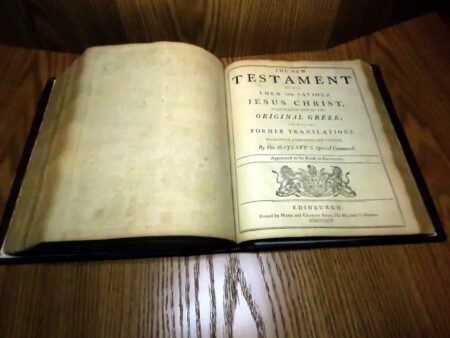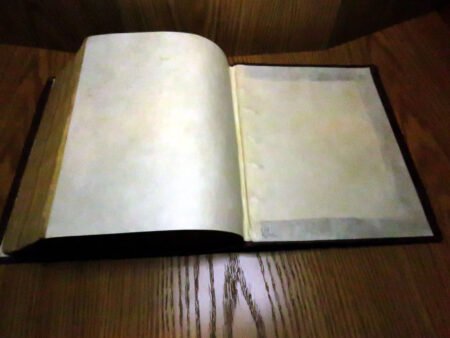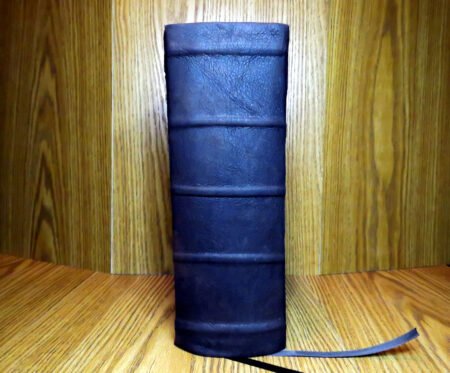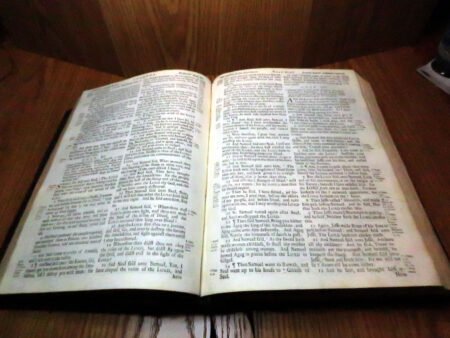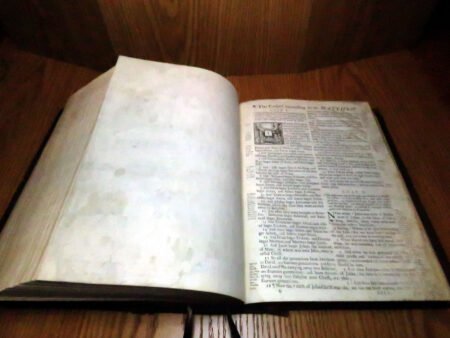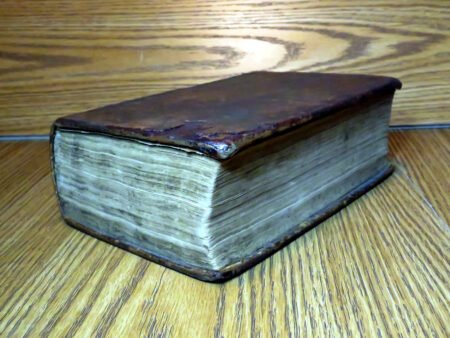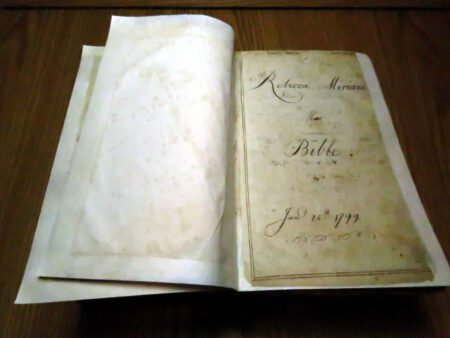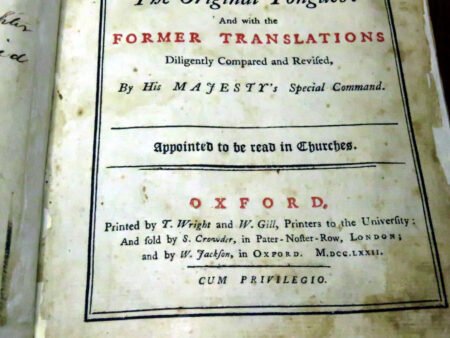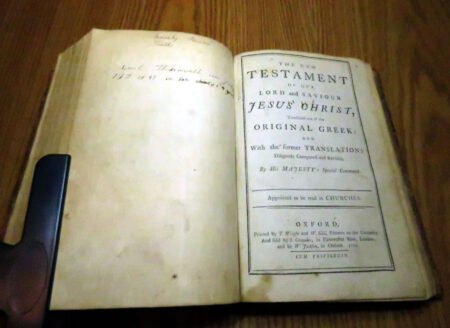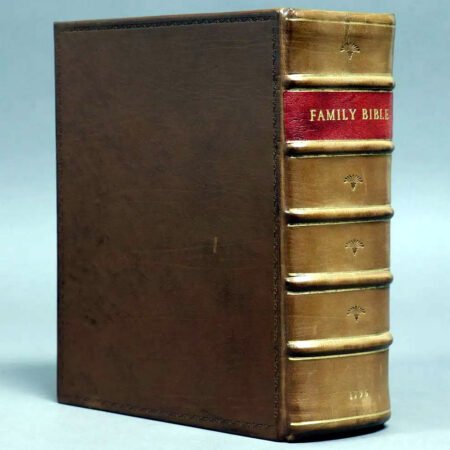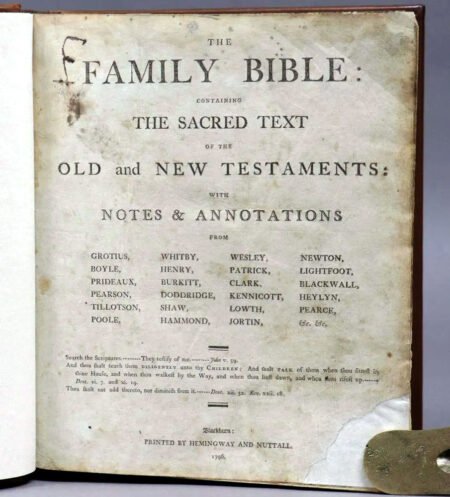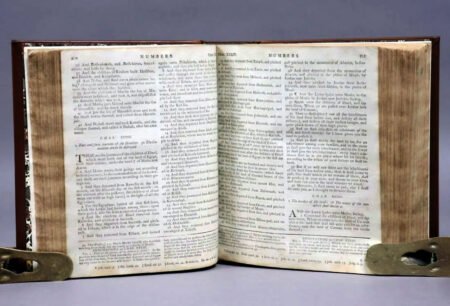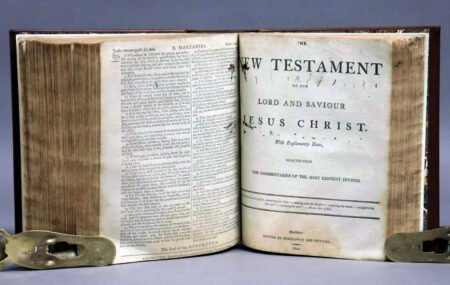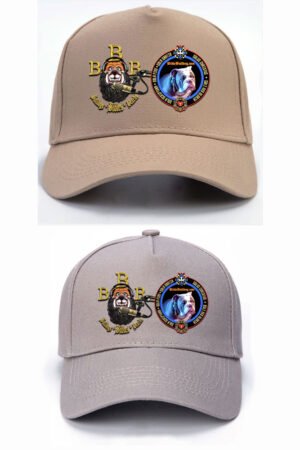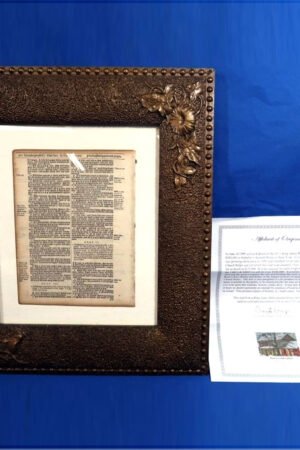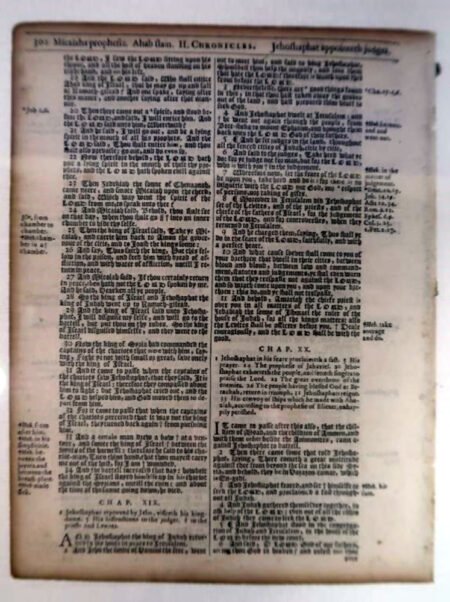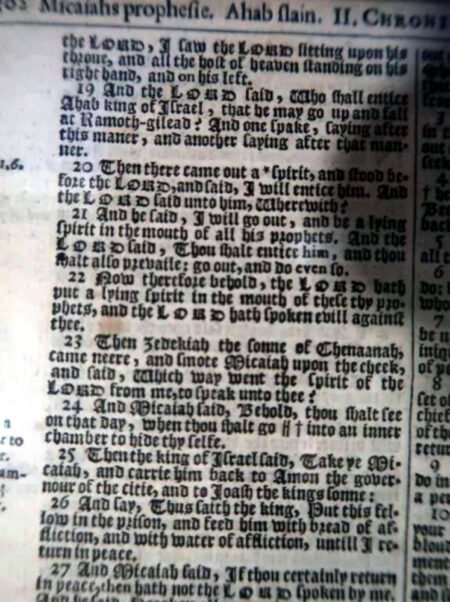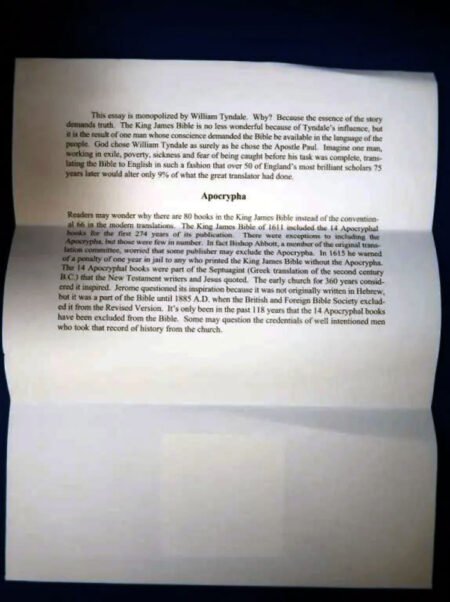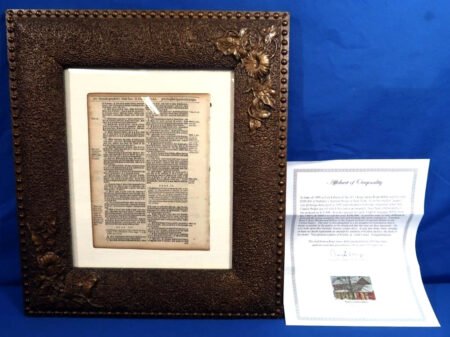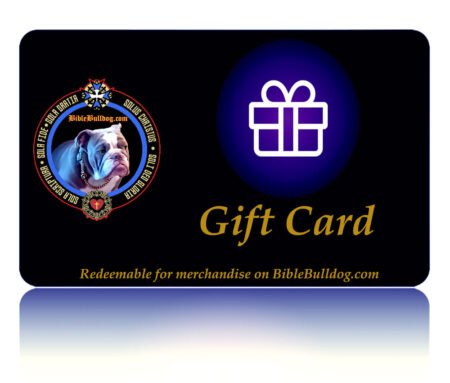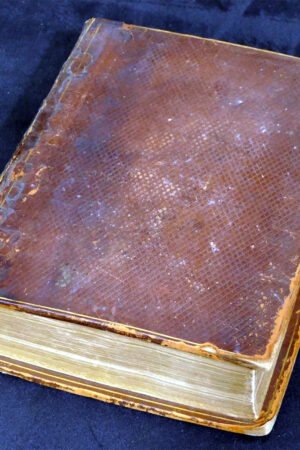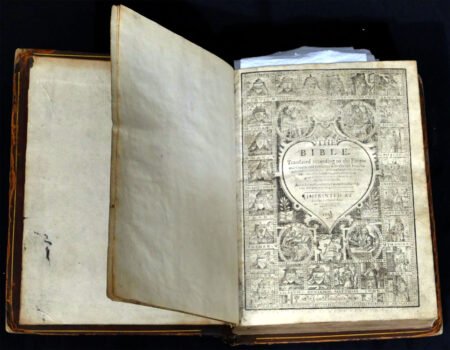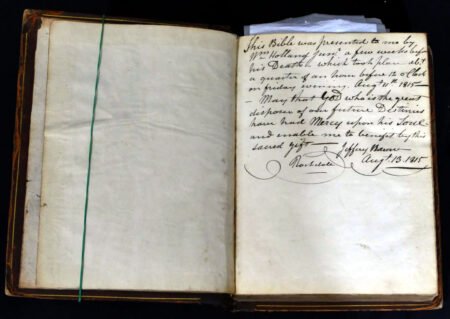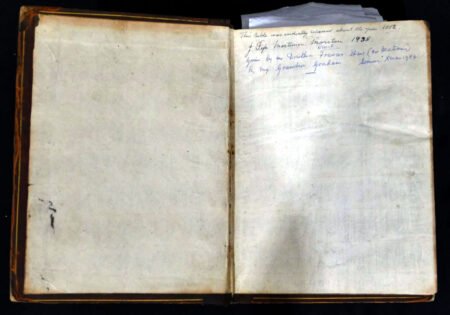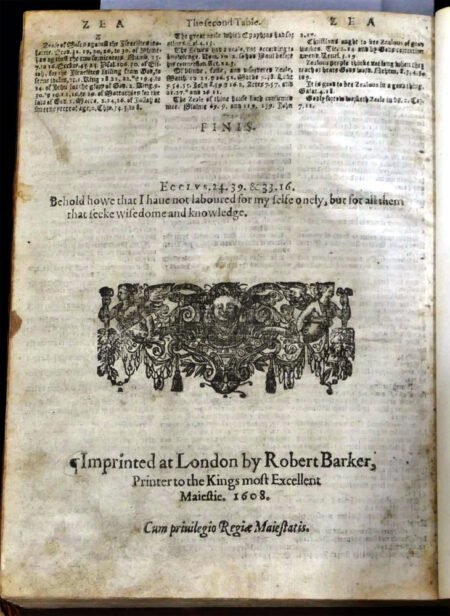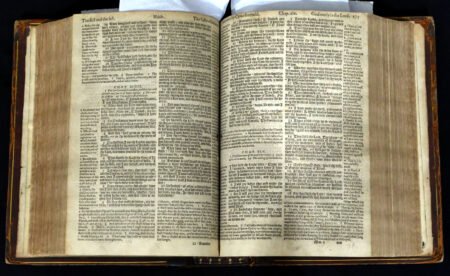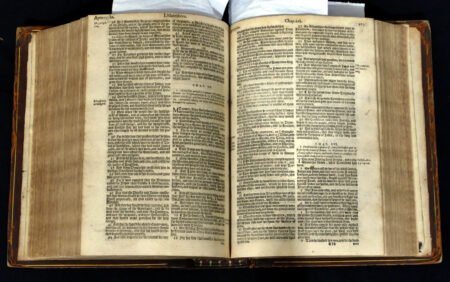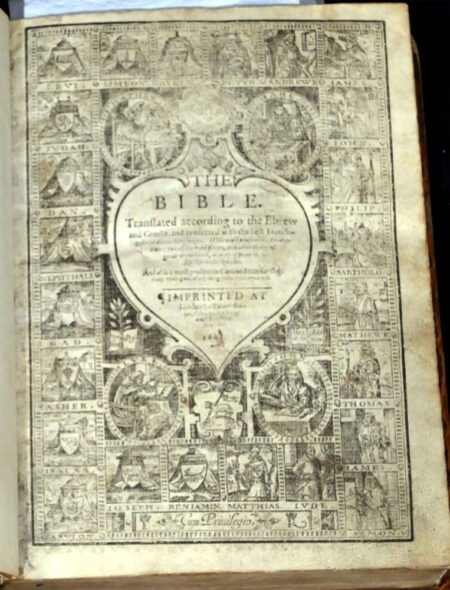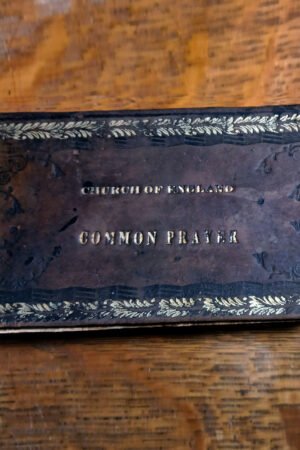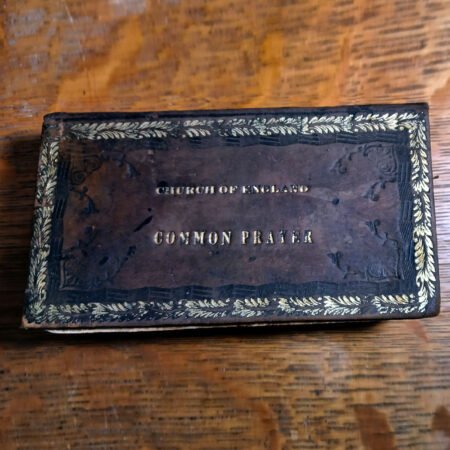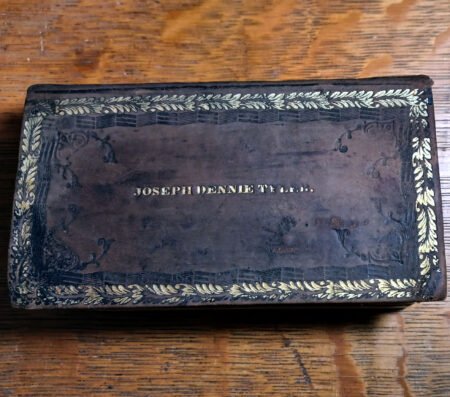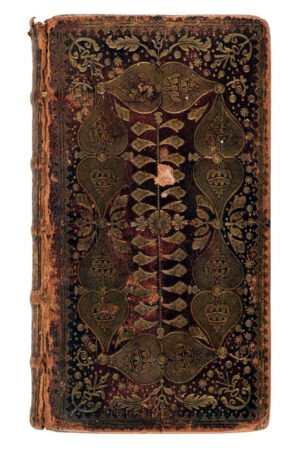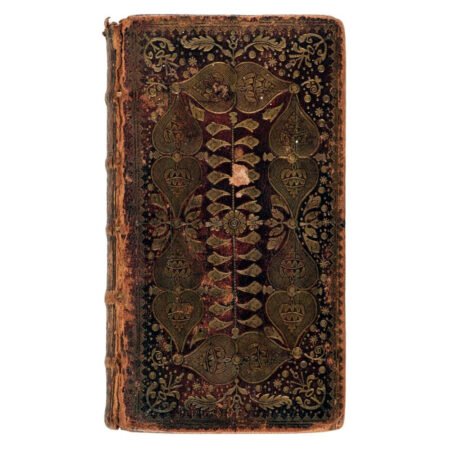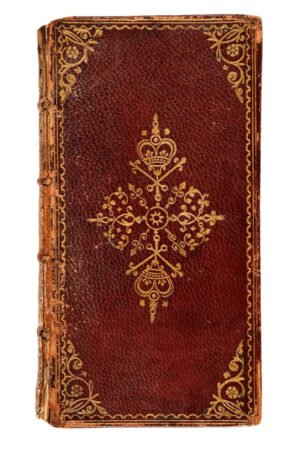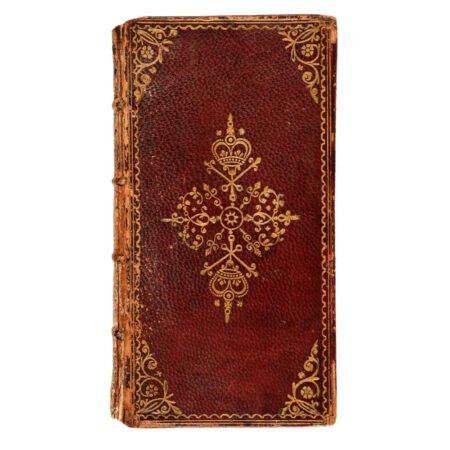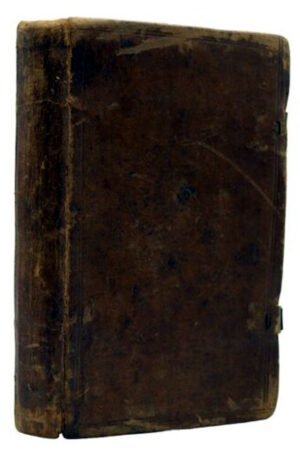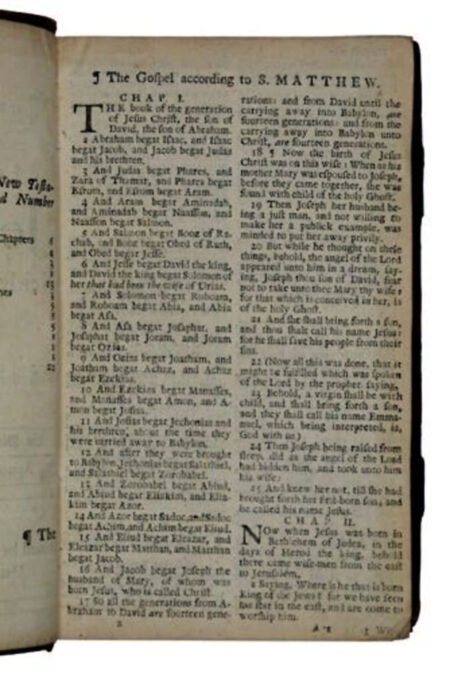Understanding Family Bible Value Myths

Family Bibles are often treasured possessions that hold significant sentimental value. They may contain valuable family history, such as births, marriages, and deaths, meticulously recorded over generations. However, a common misconception arises regarding the actual monetary value of these Bibles. Many individuals assume that because a family Bible is old or contains emotional connections, it must be highly valuable in a financial context. This belief can lead to misunderstandings about the true factors that contribute to the worth of these books.
The first aspect to consider is the edition of the Bible. Certain editions, especially early printings or ones by renowned publishers, can be worth more than others. On the other hand, modern versions or common editions may not attract significant interest in the collectibles market. Rarity is another critical factor; a family Bible that is unique or limited in print runs may fetch a higher price due to its scarcity. Conversely, mass-produced versions commonly found may lack this aspect, leading to lower monetary value.
Furthermore, the historical significance of the family Bible plays an essential role in determining its worth. If the Bible has ties to notable historical events or figures, or if it was owned by someone of prominence, its value can be considerably elevated. However, personal connections, while valuable at a sentimental level, rarely translate into high market value. In essence, while the emotional aspect of owning a family Bible should be celebrated, understanding the nuances of historical significance, rarity, and edition can clarify the misconceptions surrounding bible value. This knowledge empowers owners to appreciate their family Bibles not only for their personal legacy but also for their true worth within the broader context of collectors and historians.
Age vs. Rarity: Clarifying Common Misunderstandings

The assumption that older Bibles inherently possess greater value than their modern counterparts is a pervasive misconception among collectors and enthusiasts of biblical texts. While it is true that age can contribute to a Bible’s perceived value, the critical distinction lies between age and rarity. Not all antique Bibles are rare, and conversely, certain newer editions can command impressive prices due to their scarcity.
In the realm of biblical texts, collectors often prioritize rarity over age. For instance, a limited print run of a contemporary Bible could make it significantly more valuable than a mass-produced version from centuries prior. Certain historical editions may be abundant in circulation, which ultimately reduces their market value despite their chronological significance. Therefore, collectors often seek out specific attributes, such as first editions, unique bindings, or texts with notable provenance. These factors can enhance a Bible’s desirability and authenticity, creating a valuation system that is driven primarily by scarcity.
The demand for certain editions also plays a pivotal role in determining a Bible’s worth. For example, limited editions produced for special occasions, or those that include unique illustrations or annotations, tend to attract higher bids at auctions and sales. Collectors meticulously track market trends to identify which editions have historical significance or cultural relevance, thus impacting their valuation. Moreover, the condition of the text, its historical context, and any bespoke features can further contribute to the distinctions between age and value in the Bible market.
In essence, understanding the complex interplay of age, rarity, demand, and condition is vital for anyone interested in Bible collecting. The biblical value misconceptions can be clarified by acknowledging that rarity often supersedes age when it comes to determining the true value of biblical texts.
The Impact of Condition on Bible Authentication

The physical condition of a Bible plays a crucial role in its authentication and overall value. As with any collectible or antique book, the grading system for the condition of Bibles is essential in determining their significance. The grading often ranges from poor to mint condition, each level reflecting its usability, aesthetic appeal, and rarity. A Bible in pristine condition—free from stains, tears, or fading—will generally hold a higher value compared to one exhibiting significant wear. This grading is particularly important when considering the historical and spiritual importance of the text.
Additionally, restoration efforts can affect perceived authenticity. While professional restoration can enhance a Bible’s appearance and longevity, it may also alter its original character. Authenticated Bibles often retain their valued patina and wear, which can be lost through aggressive restoration. Therefore, collectors and enthusiasts should exercise caution when embracing restoration, as this process can lead to misunderstandings surrounding a Bible’s authenticity, inadvertently contributing to bible value misconceptions. The impact of such alterations might encourage biased interpretations among those assessing a Bible’s condition.
Moreover, superficial observations can mislead individuals into misjudging a Bible’s true state. For example, noticeable surface wear might imply that a Bible has been heavily used and loved, while also diminishing its perceived value. Conversely, a visually appealing cover might indicate a more recent publication or extensive restoration, rather than reflect its authentic history. Hence, a thorough examination by professionals is invaluable in uncovering the true integrity of a Bible. Experts employ careful methods to evaluate a Bible’s material, binding, and print quality, ensuring that essential aspects, such as the impact of condition on overall authenticity, are rightfully acknowledged and understood.
Navigating Bible Value Misconceptions: A Guide

Navigating the landscape of Bible value misconceptions can be particularly challenging for collectors and scholars alike. The first step toward authenticating your Bible involves a thorough understanding of its historical context. It is essential to research the specific edition you possess, examining factors such as publication date, printing methods, and any unique features that might distinguish it from others. Many people overlook the significant impact that minor variations in these aspects can have on a Bible’s value and authenticity.
Another crucial aspect involves familiarizing oneself with key terms and concepts related to biblical authentication. Understanding terminology such as “first edition,” “folio,” or “octavo” can provide vital insights into the Bible’s lineage and significance. Additionally, recognizing the various types of Bibles—such as family Bibles, study Bibles, and devotional Bibles—can help clarify what to expect in terms of value. Many misconceptions arise from a lack of understanding of these terms, thus it is advisable to compile a glossary for reference as you dive deeper into your research.
Moreover, engaging with credible sources is imperative. Academic publications, reputable online databases, and dedicated forums can provide invaluable information about Bible valuation. However, recognizing when to seek expert opinions is equally important. If you find yourself uncertain about the authenticity of a Bible or its estimated value, reaching out to certified appraisers or institutions specializing in biblical literature can help dispel any doubts. These professionals not only offer expertise but can also guide you through the authentication process, ensuring that any misconceptions surrounding your Bible are adequately addressed.
By adopting a well-informed approach to Bible value misconceptions and actively seeking reliable information, you position yourself to make educated decisions regarding your biblical artifacts.

